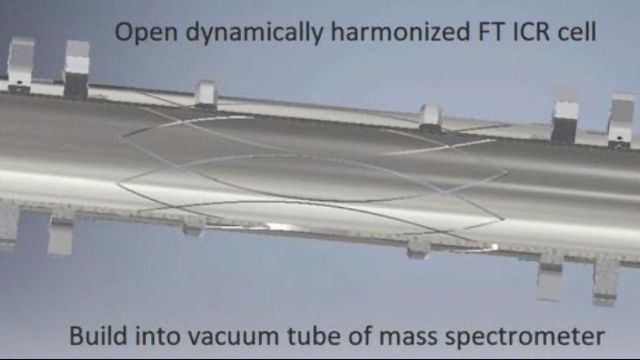Mass Spectrometry: A Powerful Tool in Pharmaceutical Research and Development

Pharmaceutical research and development is a complex and challenging process that involves the discovery, design, and testing of new drugs for the treatment of diseases. In this process, the use of analytical tools and techniques is critical to understanding the properties and behavior of drug molecules. One such tool is mass spectrometry, which has emerged as a powerful technique in pharmaceutical research and development.
Mass spectrometry is a analytical technique that measures the mass-to-charge ratio of ions. In this technique, a sample is ionized to produce ions that are then separated based on their mass-to-charge ratio using an electric or magnetic field. The separated ions are then detected and analyzed to provide information on the chemical composition and structure of the sample. This technique has been used extensively in the pharmaceutical industry for the analysis of drugs and their metabolites.
One of the areas in which mass spectrometry has been particularly useful is in the development of new drugs. During the drug discovery process, researchers need to identify potential drug candidates and evaluate their properties. Mass spectrometry can be used to identify and quantitate the components of a sample, such as drug candidates, impurities, and degradation products. This information can help researchers determine the suitability of the drug candidate for further development.
In addition, mass spectrometry can also be used to study the pharmacokinetics and pharmacodynamics of drugs. Pharmacokinetics is the study of how a drug is absorbed, distributed, metabolized, and eliminated by the body, while pharmacodynamics is the study of how a drug interacts with its target in the body. Mass spectrometry can be used to measure drug levels in biological fluids, such as blood or urine, and to identify metabolites that are formed as the drug is processed by the body. This information can help researchers understand the effectiveness and safety of a drug.
One application of mass spectrometry in pharmaceutical research is in the analysis of tissues. Tissue analysis is important in drug development because it can help researchers identify the distribution of drugs within the body and assess the potential toxicity of drugs. Secondary ion mass spectrometry (SIMS) is a technique that has been used to measure the surface of a tissue sample. In this technique, an ion beam is used to remove molecules from the sample's surface, which are then ionized and accelerated towards a detector. The time it takes the molecules to reach the detector depends on their mass, allowing the chemistry of nanostructures to be reconstructed in high definition 3D molecular images.
The use of mass spectrometry is not limited to drug development, however. It can also be used in the quality control of pharmaceutical products. Mass spectrometry can be used to identify and quantitate impurities in drugs, which can affect the purity and safety of the product. Additionally, mass spectrometry can be used to analyze the composition and quality of raw materials, such as active pharmaceutical ingredients and excipients, which are used in the production of drugs.
Huai 'an Neutral International Trade Co., Ltd. is a company that produces civil protective masks, medical masks, protective clothing, and other epidemic prevention materials products. With a complete supply chain and sales system, the company provides design reference and exports its products. The use of mass spectrometry in pharmaceutical research and development is an important aspect of its product quality control and drug development processes.
In conclusion, mass spectrometry is a powerful tool in pharmaceutical research and development. Its ability to identify and quantitate drug candidates, metabolites, and impurities, as well as to analyze tissue samples, has made it an invaluable tool in drug development. Its use in the quality control of pharmaceutical products has also contributed to the safety and efficacy of drugs on the market. As the pharmaceutical industry continues to evolve, mass spectrometry will undoubtedly play an important role in the development of new and innovative drugs.